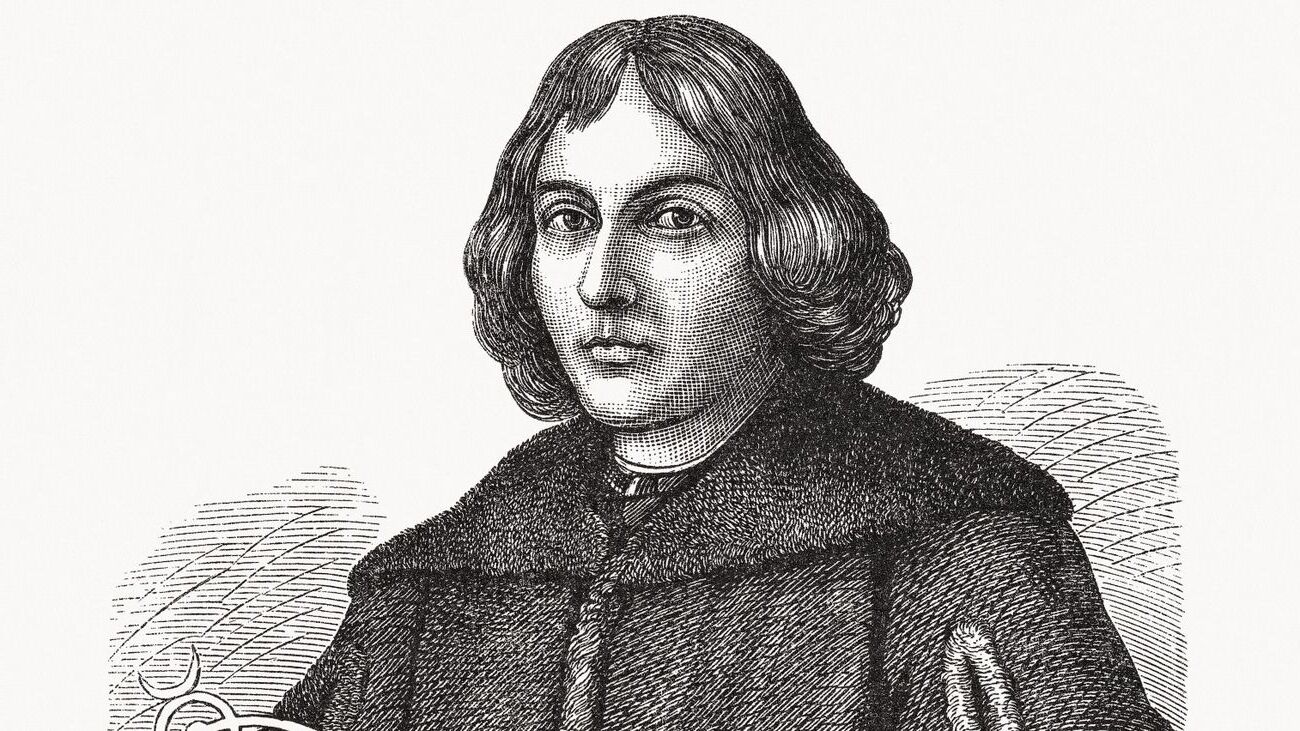
Who was Nicolaus Copernicus? He was a Renaissance-era mathematician and astronomer who formulated a model of the universe that placed the Sun rather than Earth at its center. Born in 1473 in Toruń, Poland, Copernicus's groundbreaking work challenged the long-held geocentric views of the cosmos. His heliocentric theory, detailed in his book "De revolutionibus orbium coelestium," revolutionized our understanding of the solar system. Beyond astronomy, Copernicus was also a physician, classics scholar, translator, governor, diplomat, and economist. His multifaceted contributions have left an indelible mark on science and history. Ready to dive into 50 intriguing facts about this extraordinary figure? Let's get started!
Early Life and Education
Nicolaus Copernicus was a Renaissance polymath who made groundbreaking contributions to astronomy. Let's dive into some fascinating facts about his early life and education.
- Born on February 19, 1473, in Toruń, Poland, Copernicus was the youngest of four children.
- His father, a wealthy merchant, passed away when Copernicus was just ten years old.
- Copernicus was raised by his maternal uncle, Lucas Watzenrode, who later became a bishop.
- He attended the University of Kraków, where he studied mathematics and astronomy.
- Copernicus also studied law and medicine at the University of Bologna in Italy.
- He earned a doctorate in canon law from the University of Ferrara in 1503.
- Fluent in multiple languages, including Latin, German, Polish, Greek, and Italian.
Contributions to Astronomy
Copernicus is best known for his revolutionary ideas in astronomy. Here are some key facts about his contributions.
- He proposed the heliocentric model, which placed the Sun at the center of the universe.
- This model contradicted the widely accepted geocentric model, which placed Earth at the center.
- His groundbreaking work, "De revolutionibus orbium coelestium," was published in 1543.
- The book outlined his heliocentric theory and included detailed mathematical explanations.
- Copernicus' ideas laid the foundation for modern astronomy.
- His work influenced later astronomers, including Galileo Galilei and Johannes Kepler.
- The heliocentric model faced significant opposition from the Catholic Church.
Personal Life and Interests
Beyond his scientific achievements, Copernicus had a rich personal life and diverse interests.
- He never married and had no known children.
- Copernicus was an accomplished painter, though few of his works survive.
- He enjoyed studying classical literature and philosophy.
- Copernicus was also interested in economics and wrote a treatise on currency reform.
- He served as a canon at the Frombork Cathedral for most of his life.
- Copernicus was known for his modesty and humility.
- He maintained a close relationship with his family, especially his uncle Lucas.
Legacy and Impact
Copernicus' legacy extends far beyond his lifetime. His work has had a lasting impact on science and society.
- The Copernican Revolution marked a major shift in scientific thought.
- His heliocentric model challenged the authority of the Church and traditional beliefs.
- Copernicus' ideas paved the way for the Scientific Revolution.
- He is often referred to as the "father of modern astronomy."
- The Copernican principle, which states that Earth is not the center of the universe, is named after him.
- Numerous institutions, including the Copernicus Science Centre in Warsaw, are named in his honor.
- Copernicus' work inspired future generations of scientists and thinkers.
Final Years and Death
The final years of Copernicus' life were marked by continued work and reflection.
- He continued to refine his heliocentric theory until his death.
- Copernicus suffered a stroke in 1542, which left him partially paralyzed.
- He passed away on May 24, 1543, in Frombork, Poland.
- Copernicus' "De revolutionibus orbium coelestium" was published just before his death.
- He was buried in Frombork Cathedral, where his remains were rediscovered in 2005.
- A reburial ceremony was held in 2010, honoring his contributions to science.
Fun and Lesser-Known Facts
Here are some fun and lesser-known facts about Copernicus that might surprise you.
- A lunar crater and an asteroid are named after him.
- Copernicus was an avid gardener and grew various herbs and plants.
- He once served as a diplomat for the Polish King.
- Copernicus designed a hydraulic machine to pump water.
- He was a skilled mapmaker and created several detailed maps of Prussia.
- Copernicus' face appeared on Polish banknotes and coins.
- He had a keen interest in astrology, which was common among astronomers of his time.
- Copernicus' heliocentric model was initially met with skepticism and ridicule.
- He was a member of the Varmian Chapter, a religious and administrative body.
- Copernicus' work was banned by the Catholic Church in 1616 but was later removed from the Index of Forbidden Books in 1835.
- He was honored with a Google Doodle on his 540th birthday in 2013.
- Copernicus' ideas influenced not only astronomy but also the fields of physics and philosophy.
- He is considered one of the most influential figures of the Renaissance.
- Copernicus' work helped shift the focus from a religious to a scientific understanding of the universe.
- His heliocentric theory eventually led to the development of modern space exploration.
- Copernicus' legacy continues to inspire curiosity and exploration in the scientific community.
Copernicus' Lasting Legacy
Nicolaus Copernicus changed how we see the universe. His heliocentric model, placing the Sun at the center, challenged centuries-old beliefs. This bold idea laid the groundwork for modern astronomy and inspired future scientists like Galileo and Kepler. Copernicus' work wasn't just about planets and stars; it sparked a scientific revolution, encouraging people to question and explore.
His contributions extend beyond astronomy. Copernicus was also a mathematician, economist, and physician. His diverse interests and achievements remind us of the power of curiosity and the importance of thinking differently.
Today, we remember Copernicus not just for his discoveries but for his courage to challenge the status quo. His legacy lives on in every scientific breakthrough and every curious mind. By looking up at the stars, we honor his spirit of exploration and his quest for knowledge.
Was this page helpful?
Our commitment to delivering trustworthy and engaging content is at the heart of what we do. Each fact on our site is contributed by real users like you, bringing a wealth of diverse insights and information. To ensure the highest standards of accuracy and reliability, our dedicated editors meticulously review each submission. This process guarantees that the facts we share are not only fascinating but also credible. Trust in our commitment to quality and authenticity as you explore and learn with us.


